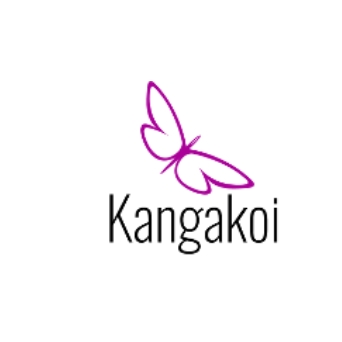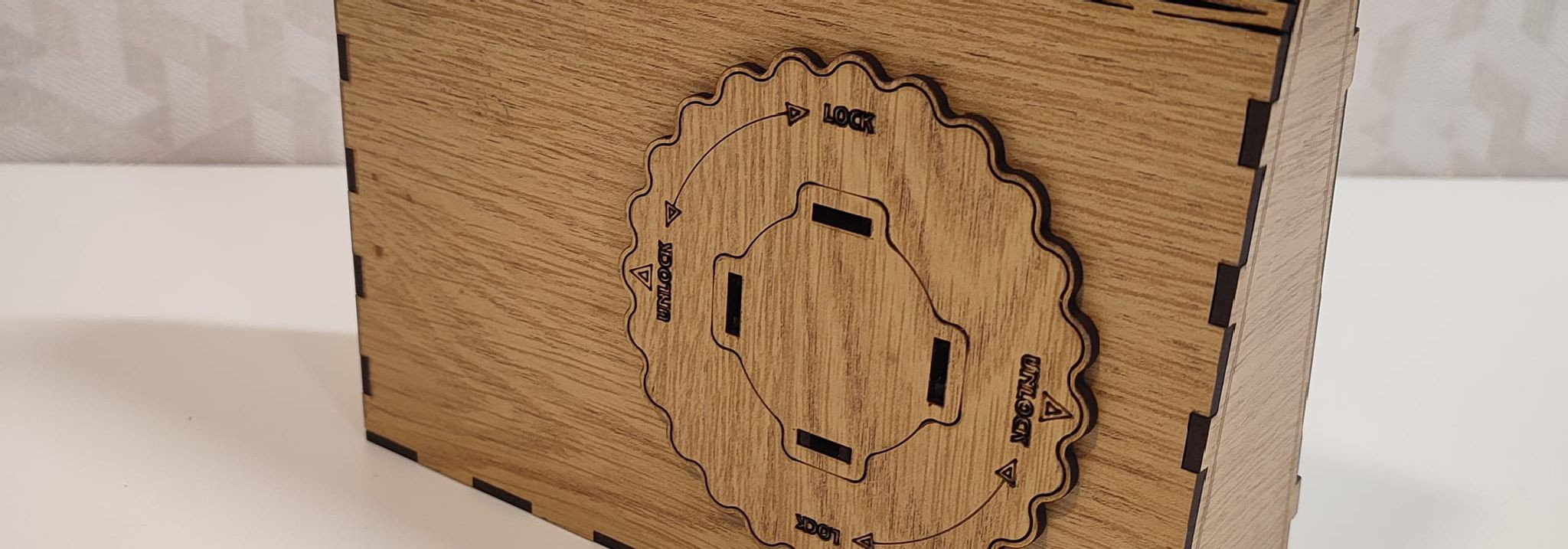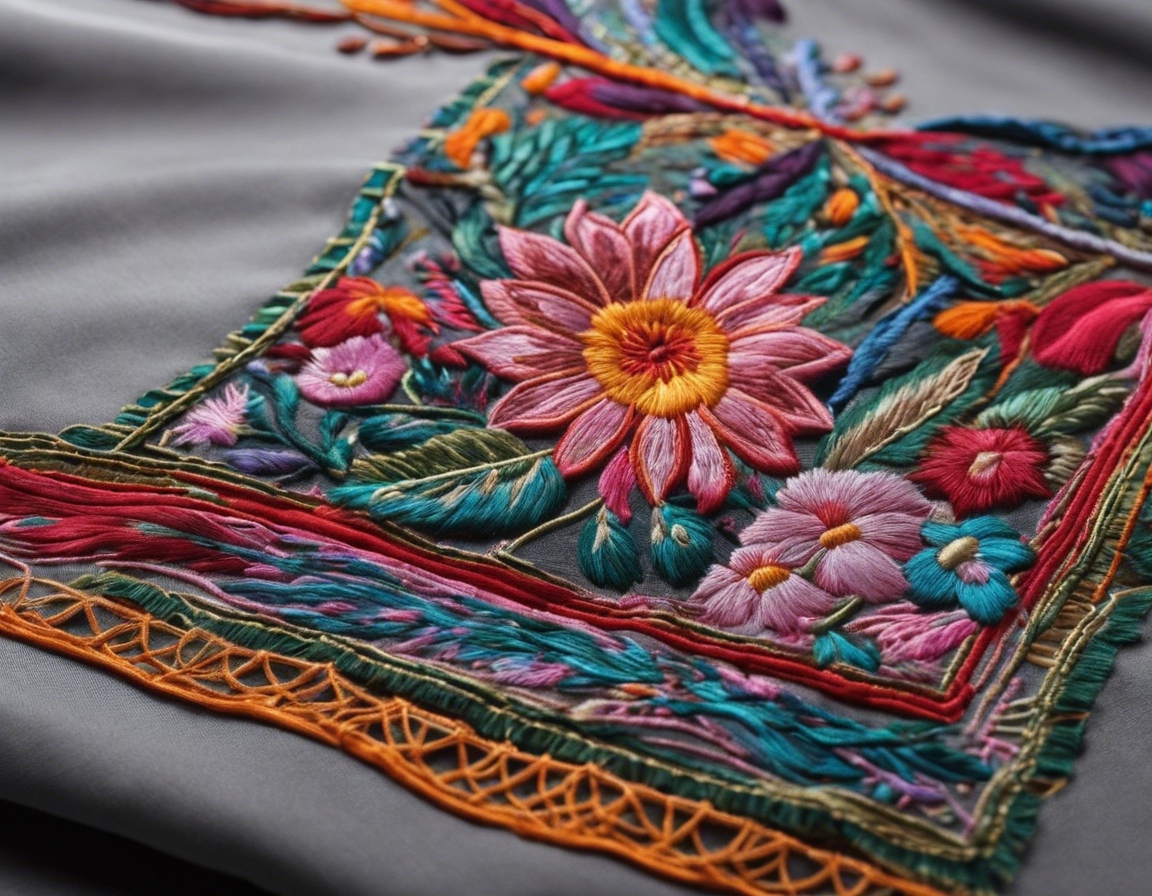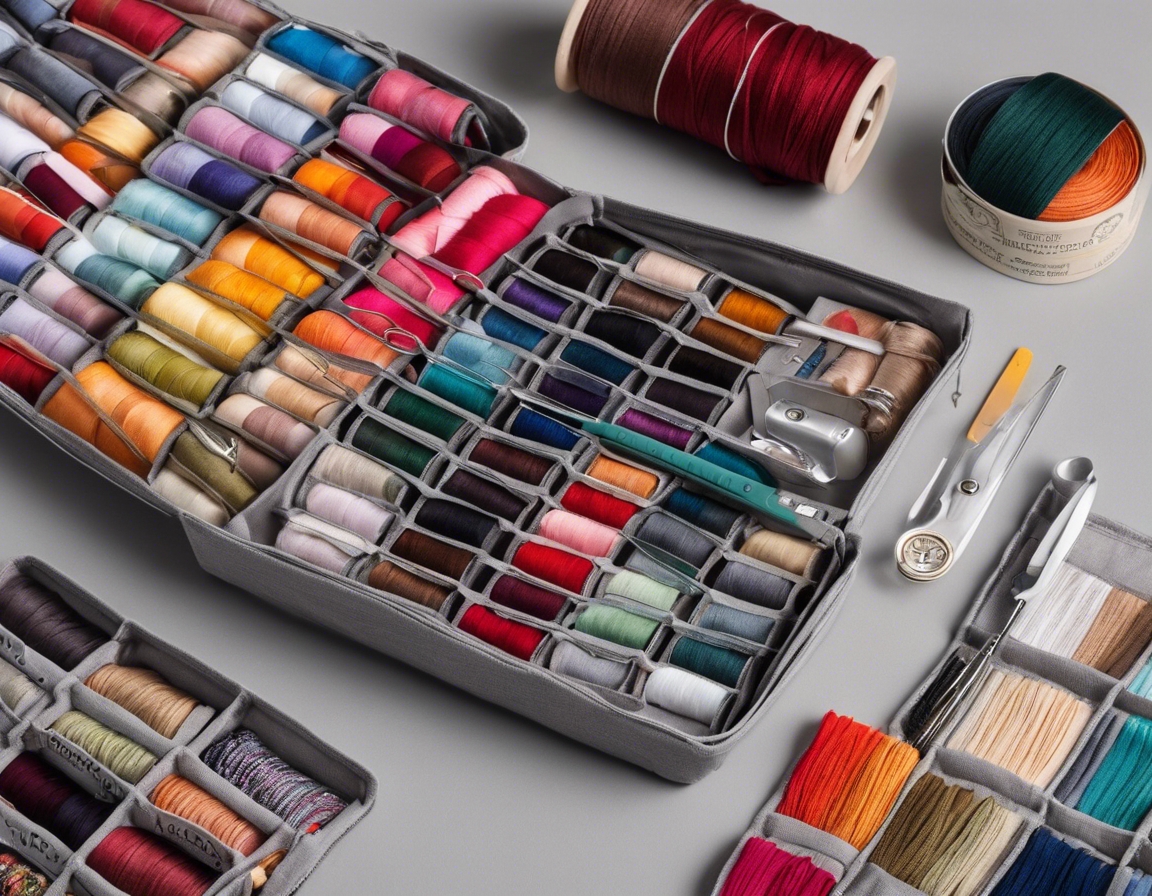Laser cutting in textile design: pushing creative boundaries
Laser cutting is a technology that uses a high-powered laser to cut or engrave materials. In the context of textile design, it allows for precise cuts and intricate details that are difficult or impossible to achieve with traditional cutting methods.
From its industrial origins, laser cutting has evolved into a tool for artists and designers, revolutionizing the way textiles are created, decorated, and finished.
The Intersection of Technology and Creativity
Laser cutting offers numerous benefits including precision, versatility, and the ability to replicate complex patterns effortlessly. It also reduces waste and speeds up production, making it a valuable tool for both designers and businesses.
Designers are pushing the boundaries of textile design by combining laser cutting with various materials and techniques, creating unique textures, patterns, and three-dimensional effects.
Laser Cutting Techniques and Applications
There are several laser cutting techniques, such as vector cutting, raster engraving, and perforating, each offering different effects and suited for various design applications.
Laser cutting is used in fashion, interior design, and art installations. It enables the creation of intricate lace patterns, detailed cut-outs, and even structural elements in garments and decor.
The Process of Laser Cutting for Textiles
Designing for laser cutting involves understanding the capabilities of the technology and how it interacts with different textile materials. Designers must consider the intricacy of patterns and the stability of the fabric.
Choosing the right material is crucial for successful laser cutting. Factors such as thickness, fiber content, and the fabric's reaction to heat all play a role in determining the final outcome.
The journey from initial design to the final laser-cut textile involves several steps, including digital design creation, material selection, prototyping, and production.
Future Trends in Laser Cutting for Textile Design
As laser technology advances, we can expect to see even more precise cutting, faster production times, and new materials being used in innovative ways.
The textile industry is increasingly focusing on sustainability, and laser cutting supports this by reducing waste and enabling the upcycling of materials.






Comments (0)